Lied 2: Nun seh’ ich wohl, warum so dunkle Flammen
Nun seh’ ich wohl, warum so dunkle Flammen Nun seh’ ich wohl, warum so dunkle Flammen Ihr sprühet mir in manchem Augenblicke O Augen! O Augen! Gleichsam um voll in einem Blicke Zu drängen, eure ganze Macht zusammen. Doch ahnt’ ich nicht, weil Nebel mich umschwammen, Gewoben, vom verleidenden Geschicke, Daß sich der […]
Lied 1: Nun will die Sonn’ so hell aufgeh’n
Nun will die Sonn’ so hell aufgeh’n Nun will die Sonn’ so hell aufgeh’n Als sei kein Unglück die Nacht gesheh’n! Das Unglück geschah nur mir allein! Sie Sonne, sie scheinet allgemein! Du mußt nicht die Nacht in dir verschränken, Mußt sie ins ew’ge Licht versenken! Ein Lämplein verlosch in meinem Zelt Heil sei dem […]
Movement 5: Rondo-Finale. Allegro – Allegro giocoso. Frisch

D major. Finally, the fifth movement is amazing; a long and continued tone of the F horn gives the signal to return to reality and cheerfulness. The gloomy atmosphere of the first two movements is blown away, the tender romance of the fourth movement is left behind. Serene calmness reigns, an exuberant Allegro romps around […]
Movement 4: Adagietto. Sehr langsam
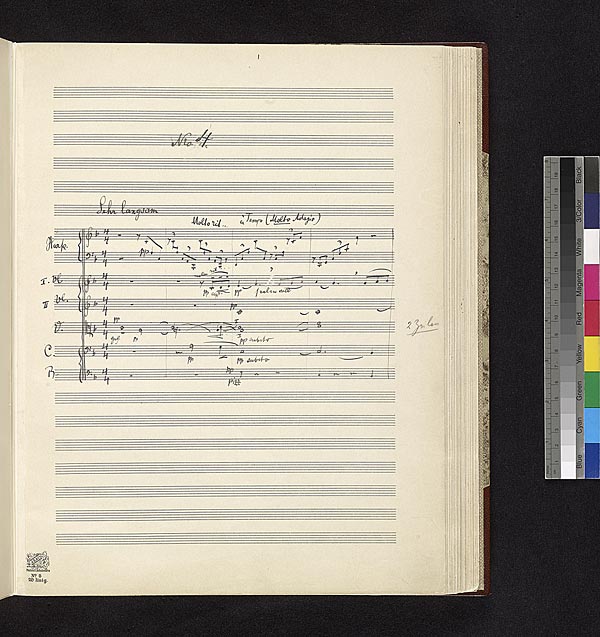
F major. Willem Mengelberg (1871-1951) wrote notes on “Spitzentechnik” on the front cover of the score of symphony no. 5, a technique for the strings, writes Mengelberg, which must be used in all symphonys of Gustav Mahler, and of which it is important that all strings do this. His notes to the Adagietto are the key […]
Movement 3: Scherzo. Kräftig, nicht zu schnell
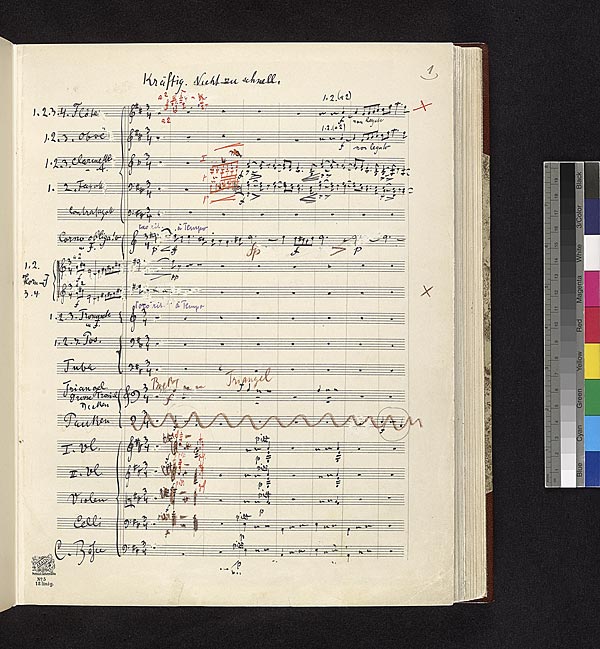
D major. Horn solo. As second part of the symphony follows the above mentioned third movement, the Scherzo. Totally unexpected, the character of the symphony seems to change: A joyful and exuberant, nearly burlesque atmosphere, caused by the typical Mahlerian rural valses, seems to spread, but it does not seem being serious, rather forced, nearly […]
Movement 2: Stürmisch bewegt, mit größter Vehemenz
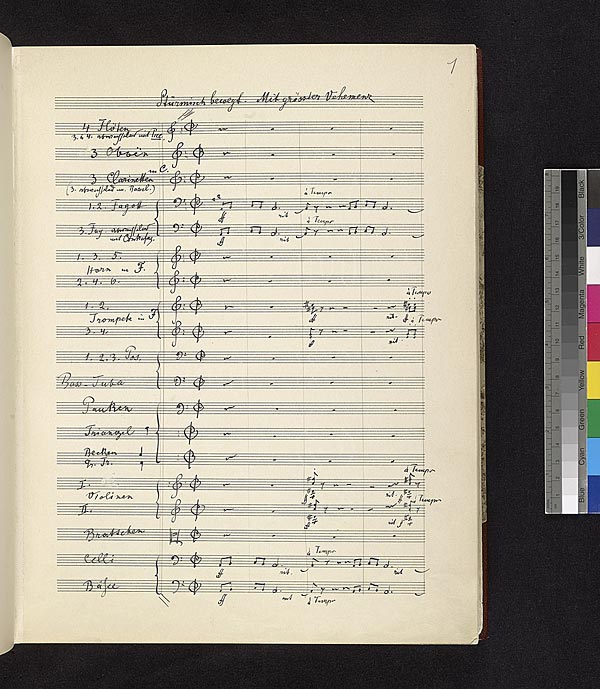
Moving stormily, with the greatest vehemence. a minor. The second movement starts tumultuously and pushing forward in the key of a minor before gliding in a beautiful calm and cantabile theme in the key of f minor “in the rhythm of the funeral march” accompanied by lamentations of the wind instruments reminding on short fanfares. […]
Movement 1: Trauermarsch (Funeral March). In gemessenem Schritt. Streng. Wie ein Kondukt
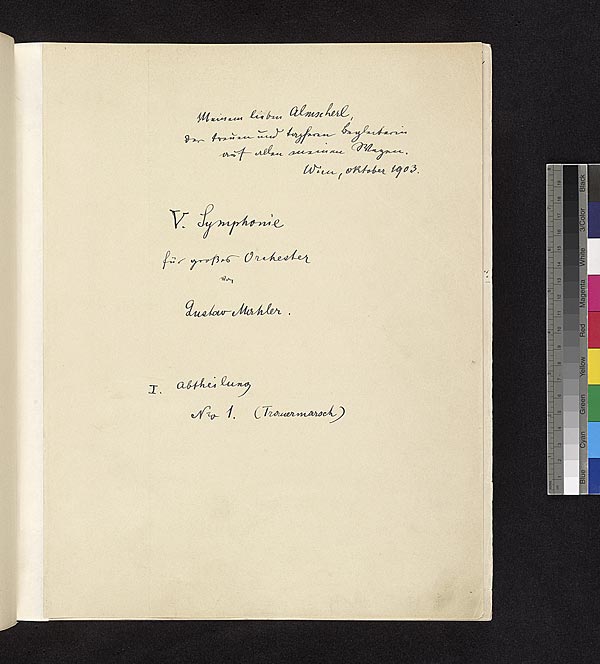
The both first movements are in the tragic and gloomy keys of c-sharp minor resp. a minor; The only programmatic indication, Trauermarsch (funeral march), is found in the first movement. The silence is broken by the solitary fanfare of a trumpet which is one of the three main themes of this movement. Out of this […]
Movement 4: Lied: Das himmlische Leben (Sehr behaglich)
Was originally part of Des Knaben Wunderhorn. See: Introduction Des Knaben Wunderhorn, 12 songs number 3. Very comfortably. Strophic. The fourth movement opens with a relaxed, bucolic scene in G major. A child, voiced by a soprano, presents a sunny, naive vision of Heaven and describes the feast being prepared for all the saints. The scene has […]
Movement 3: Ruhevoll (poco adagio)
Peacefully, somewhat slowly. Theme and variations. The third movement is a solemn processional march cast as a set of variations. Mahler uses the theme and variation structure in a more unconventional way. This movement can be divided into five main sections: A1 – B1 – A2 – B2 – A3 – CODA. The theme is presented […]
Movement 2: In gemächlicher Bewegung
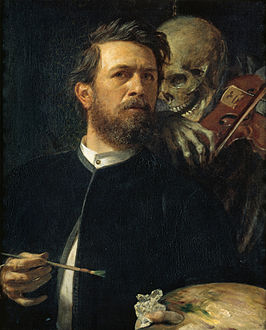
Scherzo. Violin solo. Leisurely moving, without haste. Scherzo and Trio. The second movement is a scherzo that features a part for a solo violin whose strings are tuned a tone higher than usual. The violin depicts Freund Hein, (lit. “Friend Henry”) a figure from medieval German art; Hain (or Hein) is a traditional German personification of […]
